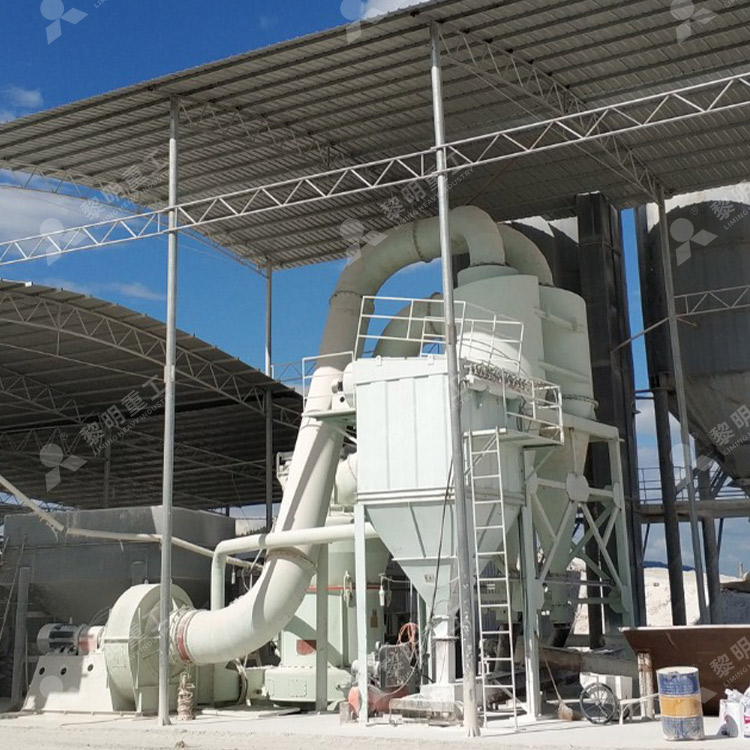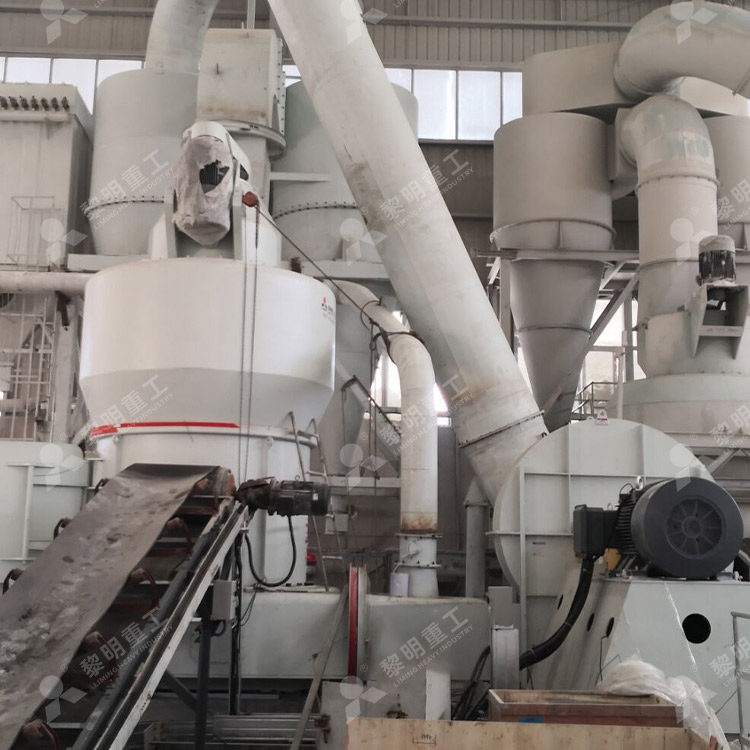A Strategic Guide to Selecting and Sourcing Your 325-Mesh Calcite Raymond Mill
The decision to invest in a 325-mesh Calcite Raymond Mill is a significant capital expenditure with long-term operational implications. Navigating the market of equipment suppliers, model variations, and technical specifications can be a daunting task. This article serves as a strategic guide for plant managers, project engineers, and investors. It provides a structured framework for defining requirements, evaluating different mill models and manufacturers, and understanding the critical factors that should influence the final purchasing decision, ensuring the selected equipment delivers maximum return on investment over its entire lifecycle.

Introduction: More Than Just a Price Tag
The initial purchase price of a Raymond Mill is only a fraction of its Total Cost of Ownership (TCO). Factors such as energy efficiency, wear part life, maintenance requirements, operational reliability, and after-sales support will have a far greater impact on profitability over the 15-20 year lifespan of the machine. Therefore, the selection process must be thorough and technically driven.
Phase 1: Internally Defining Your Requirements
Before contacting any suppliers, you must have a clear understanding of your own needs.
Production Capacity: Define your required tons-per-hour (tph) output. Be realistic and consider future expansion. It is often better to select a model that can operate comfortably at 80-90% of its capacity rather than pushing a smaller model to its absolute limit.
Feed Material Characteristics:
Hardness: (Mohs scale of your specific calcite deposit).
Feed Size: Maximum input size from your crusher.
Moisture Content: The average and maximum expected moisture.
Chemical Composition: Presence of any abrasive impurities.
Product Specifications:
Fineness: The primary target (e.g., 325-mesh) and the required tolerance.
Particle Size Distribution (PSD): Any specific requirements for D90 or D97.
Whiteness/Brightness: Need to minimize iron contamination?
Site Conditions: Available space, power supply voltage, and environmental regulations (dust and noise).
Phase 2: Evaluating Equipment and Manufacturers
With your requirements defined, you can begin to assess the market.

A. Key Technical Differentiators to Compare:
Mill Structure: Look for a robust, rigid frame and housing. The main shaft and its bearing assembly should be designed for heavy-duty, continuous operation.
Grinding Roller and Ring Design: The number of rollers (3, 4, or 5) and their geometry can affect grinding efficiency and stability. Inquire about the standard material for these parts and options for upgrades (e.g., high-chromium, ceramics).
Classifier Technology: This is crucial. Ensure the classifier is a high-efficiency dynamic type with a Variable Frequency Drive (VFD) for precise and stepless fineness control from a control panel.
Automation Level: Does the mill come with a basic control panel or a full PLC/SCADA system for automated operation and remote monitoring?
Energy Efficiency: Ask for certified test reports or references showing the specific energy consumption (kWh/ton) for grinding your type of calcite to 325-mesh.
B. Evaluating the Manufacturer:
Reputation and Experience: How long have they been building Raymond Mills? Ask for a list of reference customers, preferably in the calcite industry.
Testing Facilities: A reputable manufacturer will often offer to test your sample material in their factory to guarantee the performance.
After-Sales Service: This is critical. Inquire about the availability of spare parts, the location and training of service engineers, and the terms of the warranty. The quality of service is as important as the quality of the machine.
Phase 3: The Procurement Process
Request for Quotation (RFQ): Provide all the information from Phase 1 to potential suppliers to ensure you are comparing like-for-like proposals.
Analyzing the Quotation: Look beyond the price. Compare the offered specifications, the brand and model of major components (e.g., motors, bearings, PLC), the list of included wear parts, and delivery terms.
Site Visits: If possible, visit a reference plant where the same model is operating. Speak to the operators about their experience with reliability, maintenance, and support.
The Future-Proof Investment
Consider the trends of digitalization and Industry 4.0. While a basic mill meets today's needs, investing in a model with sensors and connectivity for data collection (vibration, temperature, power draw) can enable predictive maintenance and integration into a smart factory in the future, protecting your investment in the long run.
Conclusion
Selecting the right 325-mesh Calcite Raymond Mill is a complex but vital process that requires a strategic blend of technical understanding and commercial acumen. By meticulously defining requirements, rigorously evaluating suppliers on both technical and service merits, and focusing on the Total Cost of Ownership, you can make an informed decision that will ensure your grinding plant remains a productive and profitable asset for years to come.
FAQ: Article 4
1. What is the typical lead time for a new Raymond Mill from order to delivery?
For a standard model, the lead time is typically 3 to 6 months. This can be longer for large, custom-designed units or during periods of high global demand. It is crucial to factor this into your project timeline.
2. Should I buy a Chinese-manufactured Raymond Mill? They are often cheaper.
Chinese mills offer a wide range of quality. Some manufacturers produce excellent, reliable equipment that is competitive globally, while others cut corners. The key is thorough due diligence: insist on factory audits, check references rigorously, and verify the quality of core components like bearings and motors. The lower initial cost must be weighed against potential risks in reliability, energy efficiency, and after-sales support.
3. What are the key installation requirements for a Raymond Mill?
It requires a solid, leveled concrete foundation designed to handle the dynamic loads of the mill. Sufficient overhead crane capacity for maintenance is essential. The plant must also have adequate electrical supply for high-power motors and compressed air for the control system.
4. What training is typically provided by the manufacturer?
Reputable manufacturers provide comprehensive training for your operators and maintenance team. This usually covers operational principles, daily checks, routine maintenance procedures, troubleshooting, and hands-on training. This often takes place during the commissioning phase at your site.
5. Is it better to buy a used Raymond Mill to save capital?
Buying used can be a cost-effective option, but it carries risks. It is highly recommended to have an expert inspect the machine internally for wear and damage. You must also consider the potential lack of available spare parts for older models and higher energy consumption compared to a new, efficient model. Calculate the potential savings against the risks of unplanned downtime and higher operating costs.





